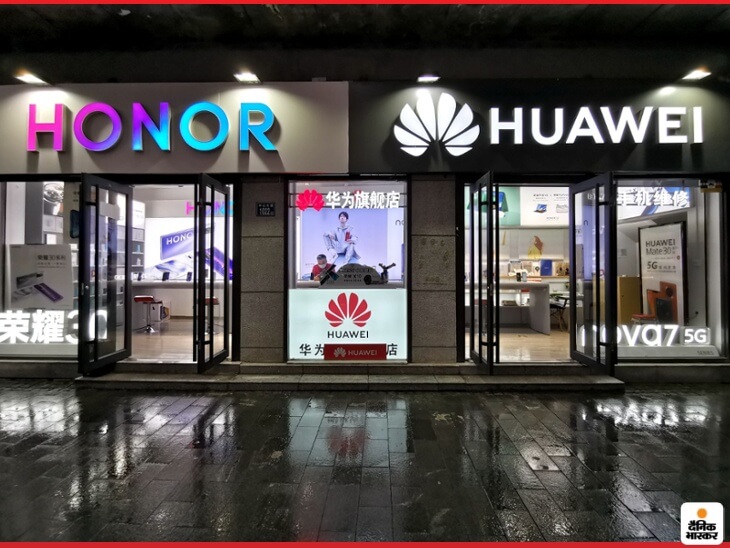f you’ve ever been to a conference or event, you have probably snagged a branded water
bottle or keychain for your collection. Promotional products are ever-present now and are used by companies worldwide to generate brand awareness and drive sales. Studies show that their use can potentially boost sales by an incredible 22 percent.
But when did these knick-knacks and pens become almost a rite of passage into the business world? How did they evolve through history to become a multi-billion dollar industry today? A look into the history of promotional products may allow for a better understanding of how consumers react to various brand marketing strategies and suggest ways to reduce operational costs by looking at past examples.
Political Beginnings to Promotional Use
One of the first well-documented uses of promotional products as a means of branding occurred in 1789. George Washington won the first United States presidential race. To celebrate his victory, they produced commemorative buttons to rally up the crowd and mark the beginning of a new era.
However, it was only in the late 1800s that the first true use of promotional products as a marketing tool was established. Jasper Meeks was a newsagent in Ohio whose press was struggling because of the recession. To avoid going out of business, he offered to use his press to print a local shoe store’s logo onto free shoe bags. The idea worked, and the shoe store witnessed a surge in footfall.
Meek’s strategy was quite successful and was quickly picked up by larger companies. Calendars became a viral branding and advertising product. Soon enough, advertising companies began offering all sorts of promotional products, from caps to cards. Their popularity was capitalized by 12 promotional product companies in 1904 who formed the Promotional Products Association International (formerly Advertising Manufacturers Association) to debate pricing, operational, and marketing strategies. Within two years, the organization welcomed more than 56 members and one honorary member and published its first official journal.
A Push for Fairness and Worldwide Growth
In 1950, Joe Segel, a grad student at Wharton School of Business, formed the Advertising Specialty Institute (ASI). ASI functioned as a valuable resource for promotional product suppliers and companies who wished to use them. It helped diversify, de-monopolize, and regulated the industry.
In the U.K. and Ireland, the industry hadn’t taken off as it had in the U.S. It only existed in the form of companies offering gifts to each other to form corporate relationships. In the 1950s, the U.K. realized the potency of promotional materials, with more and more companies enlisting the same in their business strategies. The British Promotional Materials Association(BPMA) was formed in 1965 as the British equivalent to the ASI and solidified the industry’s position in its market.
The 1970s saw the exponential growth of the promotional products industry. Big corporate players realized the true potential of marketing their brands on promotional materials and quickly began taking advantage. The decade-long boom of the industry resulted in promotional merchandise as a crucial marketing tool. By the 1980s, these items began taking center stage in branding strategies across the globe. At the turn of the century, over 20,000 recorded promotional product suppliers were run by owners from a variety of backgrounds.
The Digital Age
The mainstreaming of email use in the business world in the 1990s revolutionized the promo product industry. Businessmen could order products from suppliers directly without any third-party channels, which increased efficiency and, at the same time, drove down ordering expenses. The 2000s also witnessed a global expansion of supply chains, with companies starting to import branded products overseas.
Finally, the ease of internet access and high-speed networks made it even easier for advertising companies to offer their promotional product services. The online marketplace also gave rise to healthy competition, thus driving down prices even further. The use of video calls meant that businesses could preview the supplier’s services online before placing their order.
Nowadays, companies can order a wide array of items, including branded ballpoint pens, drinkware, clothing, and unique items like fidget spinners.
The Birth of a Marketing Revolution
The promotional product world has seen many changes throughout its history, from buttons to shopping bags to stress balls. What started as a political accessory has turned into a staple of corporate operations.
The concept almost flew under the radar quite interestingly had it not been for Joseph Meek’s chance idea. It started as a means to prevent bankruptcy. Then blossomed into a fully developed industry with hundreds of billions of dollars being spent cumulatively by companies every year, from small scale startups to Fortune 500s.


